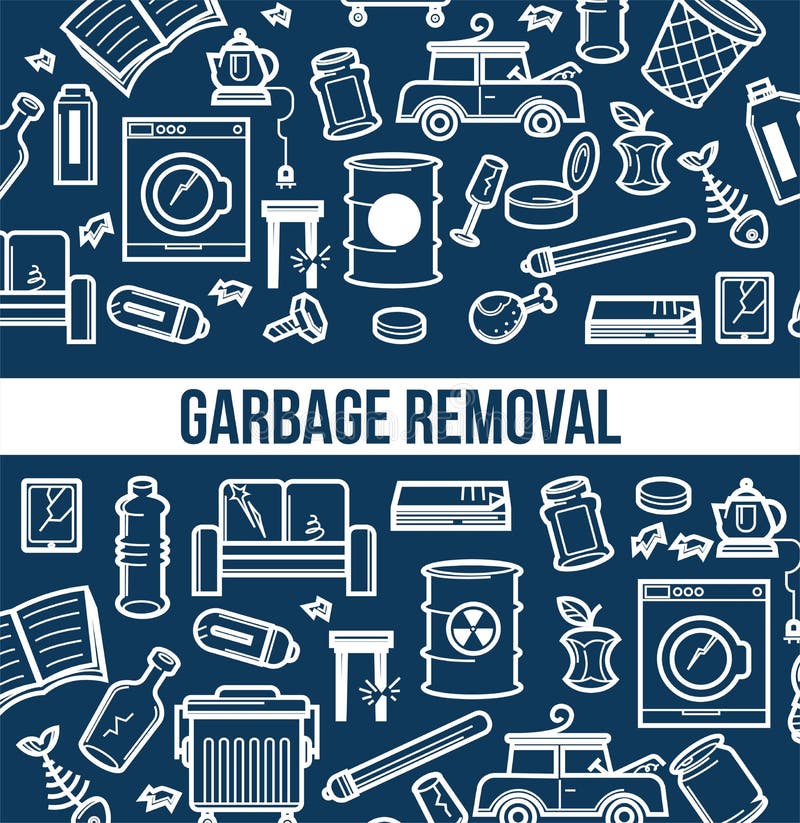A Total Guide To Establishing The Appropriate Skip Bin Dimension For Your Task
A Total Guide To Establishing The Appropriate Skip Bin Dimension For Your Task
Blog Article
Short Article Produced By-
When selecting the suitable Skip bin size for your job, you'll want to guarantee it lines up specifically with your waste disposal requires to stay clear of any type of final hassles. Elements such as the type of waste, job period, readily available space, and spending plan play crucial duties in making the right decision. However exactly how do you properly approximate the volume of waste you'll produce and convert that into the appropriate Skip container measurements? Let's discover these key factors to consider to assist you make an informed choice for your upcoming task.
Variables to Take into consideration
When choosing the ideal dimension Skip bin for your project, a number of factors need to be considered.
Initially, assess the amount and type of waste you'll be throwing away. Different projects create varying kinds and quantities of waste, so understanding your waste stream is important.
Take into consideration the area available on your building for the Skip container. Ensure that the selected container dimension can suit the designated area without triggering obstruction.
An additional factor to think about is the period of your project. Longer jobs might need larger Skip bins or even more frequent clearing to fit the waste created in time.
Consider any type of prospective constraints in your location, such as weight limits or prohibited things, to ensure compliance with regulations.
Last but not least, consider your spending plan and select a miss container size that straightens with your monetary restraints while still satisfying your waste disposal needs.
Estimating Waste Volume
To accurately choose the appropriate dimension Skip container for your project, you need to first estimate the volume of waste you'll be throwing away. One means to do this is by visually examining the things you intend to discard and roughly approximating their total volume in cubic meters.
Additionally, you can use online devices or waste quantity calculators to help you establish the approximate quantity of waste you'll have. Keep in mind that it's far better to somewhat overestimate than to underestimate, as it's even more cost-effective to employ a somewhat larger Skip bin than to order an added one if you run out of area.
If you're still not sure, consider seeking advice from waste administration experts who can give support based upon the type of project you're taking on. By precisely approximating your waste quantity, you'll be better geared up to select the best Skip container size for your demands.
Recognizing Container Capacities
Recognizing bin dimensions is important when picking the appropriate Skip bin size for your job. Skip bins come in numerous measurements, typically gauged in cubic meters.
The measurements of a skip bin refer to its size, size, and elevation. By comprehending these measurements, you can visualize how much waste the container can hold and whether it will certainly match your requirements.
For example, a 2 cubic meter Skip bin may have measurements of approximately 1.8 meters in length, 1.4 meters in width, and 0.9 meters in height. Knowing inorganic collection can aid you figure out if the Skip container will certainly fit in your desired area and if it can accommodate the quantity of waste you expect generating.
Always think about 3m skip bin price have offered for the Skip bin and guarantee that its measurements align with your task demands to prevent any issues during garbage disposal.
Final thought
Finally, picking the ideal dimension Skip bin for your task requires careful factor to consider of aspects like waste volume, available space, project period, limitations, and spending plan. Approximating waste precisely and recognizing bin dimensions are important steps to guarantee the Skip container fulfills your needs. By adhering to these guidelines, you can properly manage your garbage disposal needs and improve your project. Choose intelligently to make your task a success.
